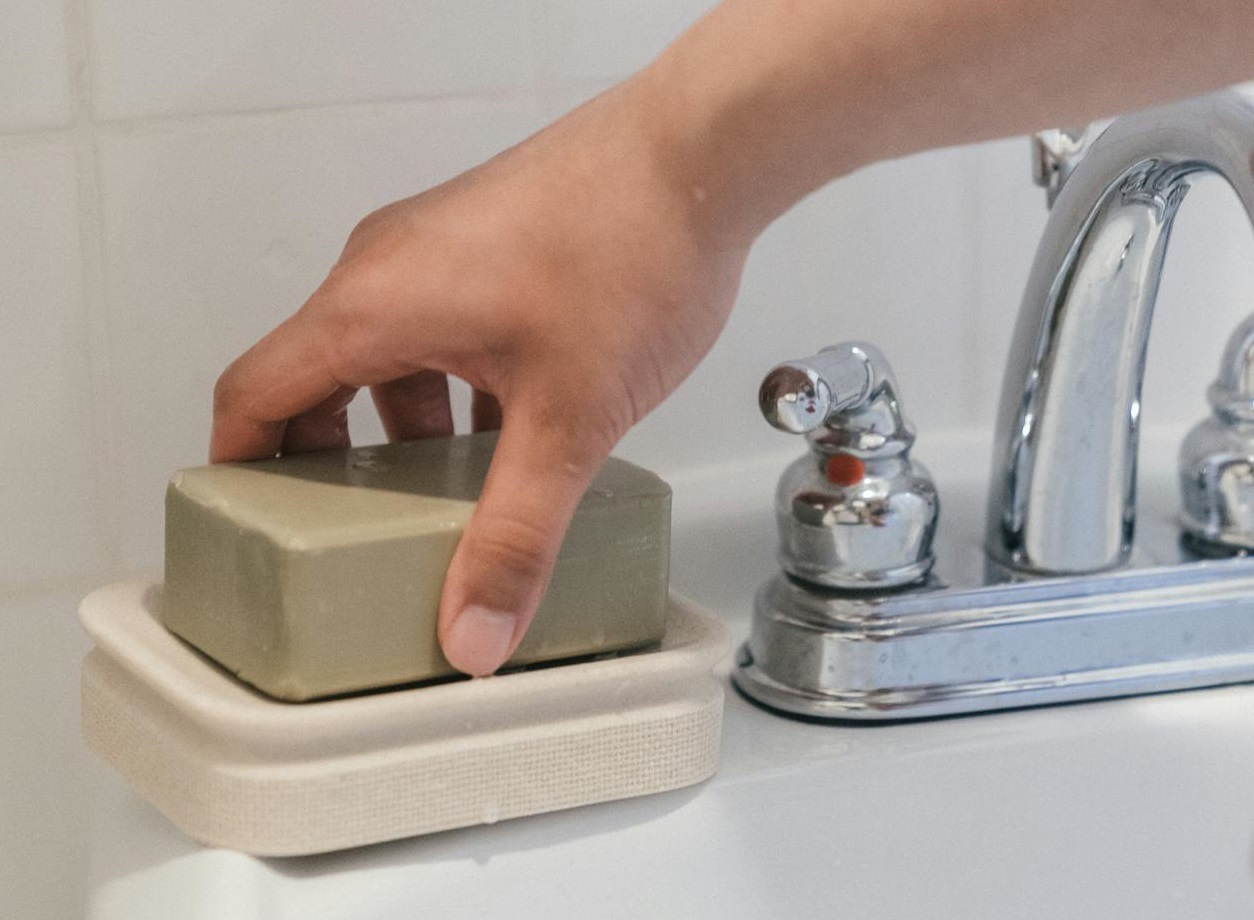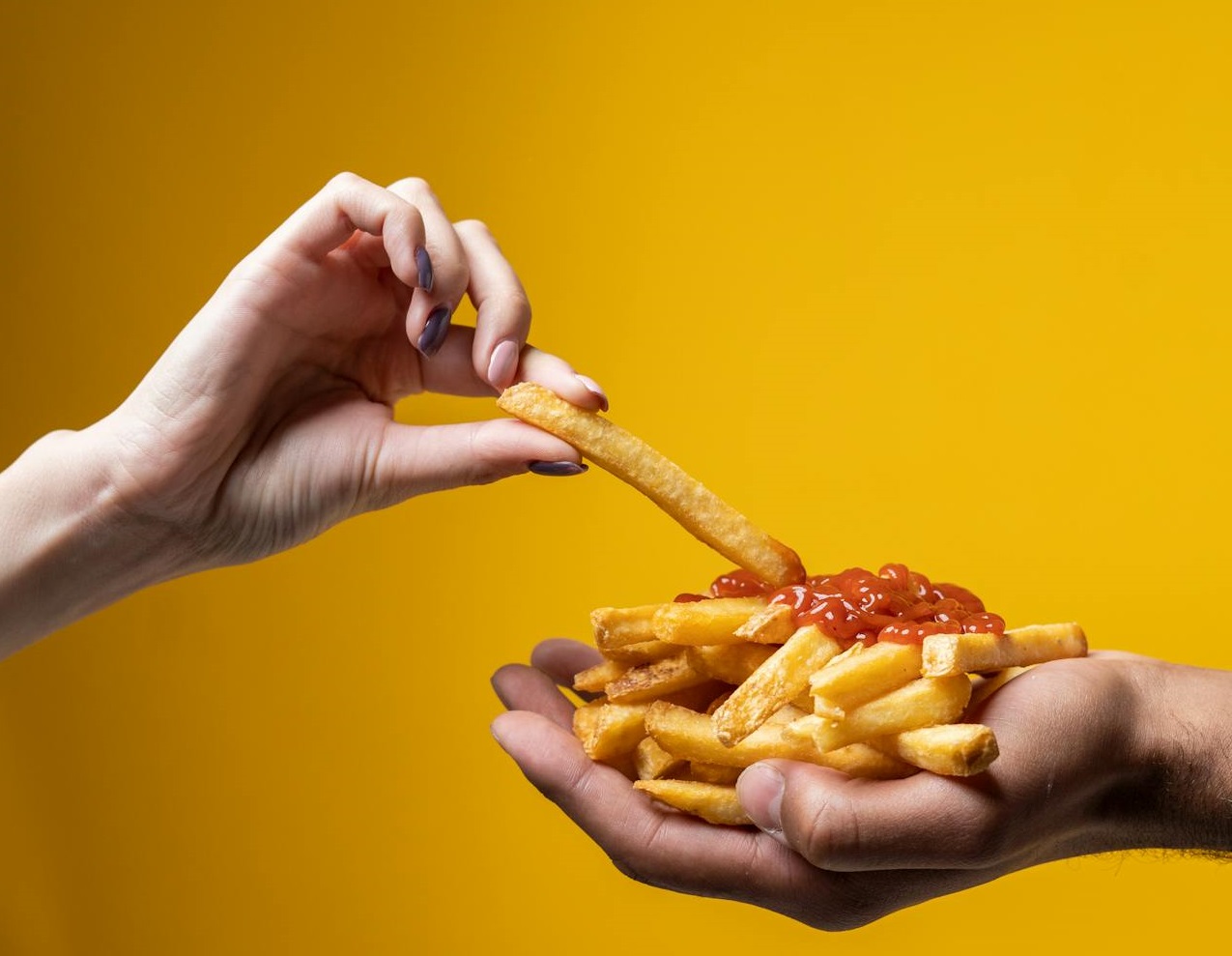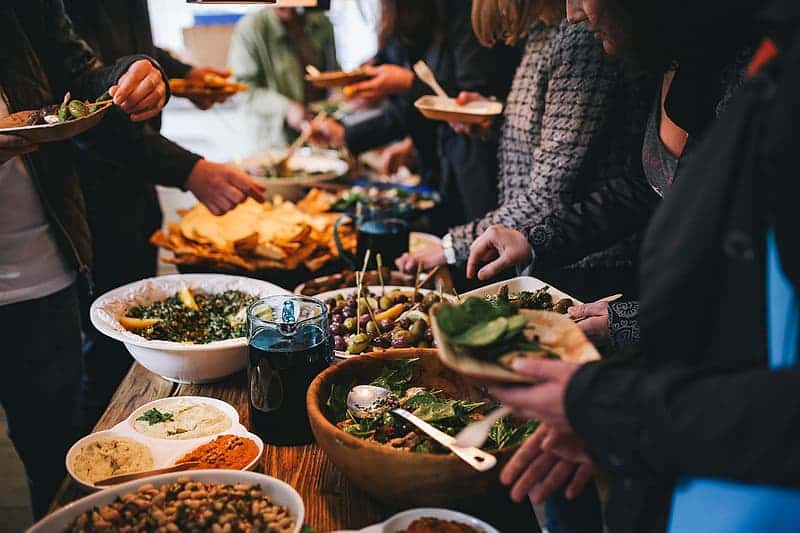These Industries Took A Hit
Everyone likes to rag on millennials, and usually the criticism is overexaggerated. But when it comes to these industries, millennials really are hammering nails in the coffin.

1. Diamond Rings
According to CNBC, fewer millennials are tying the knot, and for those who do, nontraditional rings are becoming more popular choices. A lot of the issue is the price—millennials just can’t afford a diamond.
Diamond Rings
Some also have concerns about the source of the diamond, opting for sustainable lab-grown diamonds instead of mined natural ones.
Amid a global decline in diamond sales, organizations like the Diamond Producers Association are striving to attract millennial buyers by revamping the branding of their gems.
2. Fabric Softener
The Wall Street Journal reported a 15% decline in liquid fabric softener sales in the US from 2007 to 2015, with the most popular brand, Downy, experiencing a 26% decrease during the same period.
 Krakenimages.com, Shutterstock
Krakenimages.com, Shutterstock
Fabric Softener
And the decline is attributed to more than just lack of interest from millennials. Procter & Gamble's head of global fabric care noted that millennials don't even seem to know the product's purpose...um, isn't it in the title?
3. Banks
Millennials aren’t shy about showing skepticism toward financial institutions, and they often avoid actually walking into a bank. While banks are unlikely to vanish entirely, traditional brick-and-mortar branches may soon become obsolete.
Banks
BI Intelligence data reveals that nearly three-quarters of millennials with bank accounts visit a branch once a month or less. Almost 40% refuse to step foot in a bank at all.
4. Department Stores
The rise in popularity of fast-fashion giants like H&M and Zara has taken its toll on traditional retailers like Macy's and Sears. Sears has closed thousands of stores, leaving only 11 Sears and 2 Kmarts in the entire US.
 Rept0n1x, CC BY-SA 3.0, Wikimedia Commons
Rept0n1x, CC BY-SA 3.0, Wikimedia Commons
Department Stores
A significant factor in the closures is the spending habits of millennials, who prioritize experiences like dining out and traveling over traditional retail purchases.
Their preference for affordability leads them to go for private-label lines over designer brands, dealing another blow to traditional department stores.
5. Designer Bags
Millennials' preferences are also impacting sales in the designer handbag market. Brands like Michael Kors and Kate Spade are grappling with dwindling interest among millennials, prompting them to make significant discounts on handbags.
Ironically, the popularity these brands once enjoyed has played a role in their decline.
Designer Bags
According to industry expert Robin Lewis, widespread popularity can spell trouble for trendy fashion brands since it often leads to higher prices on goods.
Unfortunately, millennials aren't willing to fork out the big bucks for designer bags. Lewis called this phenomenon a "kiss of death" for these brands.
6. Gyms
Millennials are all about their fitness but they're steering away from traditional gyms in favor of boutique fitness centers that offer specialized classes. That trend reflects the value they place on flexibility and spontaneity.
Gyms
Recent data from Foursquare shows a shift in gym visitation patterns, with places like 24 Hour Fitness, Snap Fitness, and New York Sports Club experiencing a 5% decrease in visits over the past year. Meanwhile, visits to boutique fitness centers have surged.
7. Football
Both college football game attendance and NFL viewership have experienced recent declines.
Analysts blame the drop on several factors including the 2016 election, protests by NFL players kneeling during the national anthem, and a perceived decline in the excitement for the game itself.
Football
However, one explanation directly implicates millennials: the increasing trend of people abandoning cable subscriptions.
Rather than pay for cable, people who do want to watch the game, are more likely to go to a sports bar or get together at a friend's house. They're also more likely to catch the game on their smartphones, bypassing traditional TV broadcasts.
8. Oil
Millennials' perception of the oil industry has created problems for workforce recruitment and customer retention for the sector's future.
According to McKinsey, 14% of millennials are reluctant to work in the oil and gas industry due to its negative reputation .That's the highest percentage among all industries surveyed.
Oil
To add to the concern, teenagers—AKA Gen Z—are even more critical, with two out of three believing that the oil and gas industry exacerbates issues like climate change and pollution rather than offering solutions.
9. Bar Soap
From 2014 to 2015, while the rest of the shower-and-bath category experienced growth, sales of bar soap declined by 2.2%. And it's all because of millennials.
Bar Soap
A study by Mintel highlighted that 48% of US consumers think bar soaps are crawling with germs after they're used. This sentiment is notably stronger among people aged 18-24, where 60% share this concern, compared to only 31% of older consumers aged 65+.
10. Light Yogurt
According to Nielsen data, sales of light yogurt have experienced an 8.5% decline, plummeting from approximately $1.2 billion to $1 billion.
This decrease contributed to an overall decline in the yogurt industry, with sales dropping by 1.5%. It may seem like a small loss, but experts are concerned since we're seeing another consecutive year of declining sales.
Light Yogurt
The decline in light yogurt sales reflects a shift in consumer preferences—millennials want natural, protein-rich foods rather than low-calorie and low-fat options. This trend has significantly benefited Greek yogurt, which appeals to more health-conscious consumers.
11. Motorcycles
AB analyst David Beckel noted that their data is showing that millennials have less enthusiasm for motorcycles compared to previous generations. This lack of interest is also what led to a decline in Harley-Davidson shares, making them on par with other motorcycle companies as opposed to outperforming them like they used to.
Motorcycles
In 2016, sales at Harley-Davidson, which make up about half of the US motorcycle market, experienced a 1.6% overall decline compared to the previous year. The decline for the overall US market was even worse, with sales dropping by 3.9%.
 Steve Daniels, CC BY-SA 2.0, Wikimedia Commons
Steve Daniels, CC BY-SA 2.0, Wikimedia Commons
12. Golf
In 2016, Matt Powell from the industry-research firm NPD pointed out the decline golf. He attributing it to millennials' disinterest in the game and the aging out of baby boomers.
Golf
While millennials have enthusiastically embraced new fitness trends, golf has failed to pique their interest. Many also see golf courses as an expensive waste of green space and natural resources.
13. Movie Theaters
Over the past few years, movie theaters have made improvements to their screens, sound quality, and concession offerings. But even with these improvements, millennials aren't buying tickets like they used to.
Movie Theaters
The problem is the price of tickets, which has steadily increased. With tickets being so expensive, many people would rather stream movies from the comfort of their homes. That also lets them enjoy the movie in peace, absent disruptive audience members.
14. Owning Cars
The cost of cars has always been high, but in recent years, it's reached unprecedented levels due to factors. To cut costs and reduce their environmental impact, millennials are increasingly relying on ride-sharing services like Uber instead of buying their own car.
Owning Cars
Walking, biking, and using public transportation are also prime options for millennials. Additionally, the rise of remote work and has made car ownership less necessary for some, further fueling the trend towards less car ownership among this generation.
15. Restaurant Dining
For some, dining out represents a special occasion, or a nice treat. But for many others, going to a restaurant can feel like more trouble than it's worth due to long wait times, unpredictable service, and the pressure to tip generously regardless of service quality.
Restaurant Dining
It's no surprise, then, that meal delivery and curbside takeout services have become popular, convenient alternatives to traditional restaurants.
And while some millennials do indulge in dining out, it’s a lot less frequent than their boomer counterparts.
16. Fast Food
Fast food, much like cars and cruises, is deeply ingrained in our culture and is unlikely to disappear anytime soon. However, there's a notable shift among younger generations towards healthier dining choices, even if they cost more.
Fast Food
Things like concerns about obesity rates and the environmental impact of fast food production are driving this shift.
Millennials also tend to prioritize quality over convenience, seeking out options that offer fresh, locally sourced ingredients and sustainable practices.
17. Lottery Tickets
Winning the lottery is a dream shared by many. However, recent research reveals that a significant portion of lottery ticket buyers are older than millennials.
Lottery Tickets
Cultural attitudes towards gambling contribute to the disparity in lottery ticket purchases among different age groups. So do economic circumstances—most millennials don’t see a point to wasting money on lotto tickets.
18. Napkins
According to a survey by Mintel, younger consumers are increasingly choosing paper towels over napkins. Only 56% of shoppers reported purchasing napkins in the past six months, while 86% said they bought paper towels during the same period.
Napkins
The versatility of paper towels, which can be used for a variety of purposes beyond cleaning up spills, is cited as a the main reason people have abandoned traditional napkins.
19. Landlines
The decline of landline is a trend that's seen across generations, but millennials stand out as the first demographic with a significant number of people who have never experienced growing up with landlines.
Landlines
One factor in this trend is the widespread availability and convenience of cell phones, which offer versatile communication options and portability that just can't be matched by landlines. Millennials tend to prioritize that versatility and accessibility, further diminishing the appeal of landline phones.
20. Wine Cork
During the early 2000s, many wine producers transitioned from cork to metal screw-off tops as a way to combat cork taint, a problem that ruined up to 10% of bottled wine. But the continued use of the screw-top is thanks to millennials.
Wine Cork
Millennials have become accustomed to the convenience and reliability of screw-off tops, so most aren’t looking to go back to cork, which can be a hassle to uncork.
Additionally, millennials tend to be environmentally conscious and view real cork as less sustainable than screw caps or synthetic corks.












































